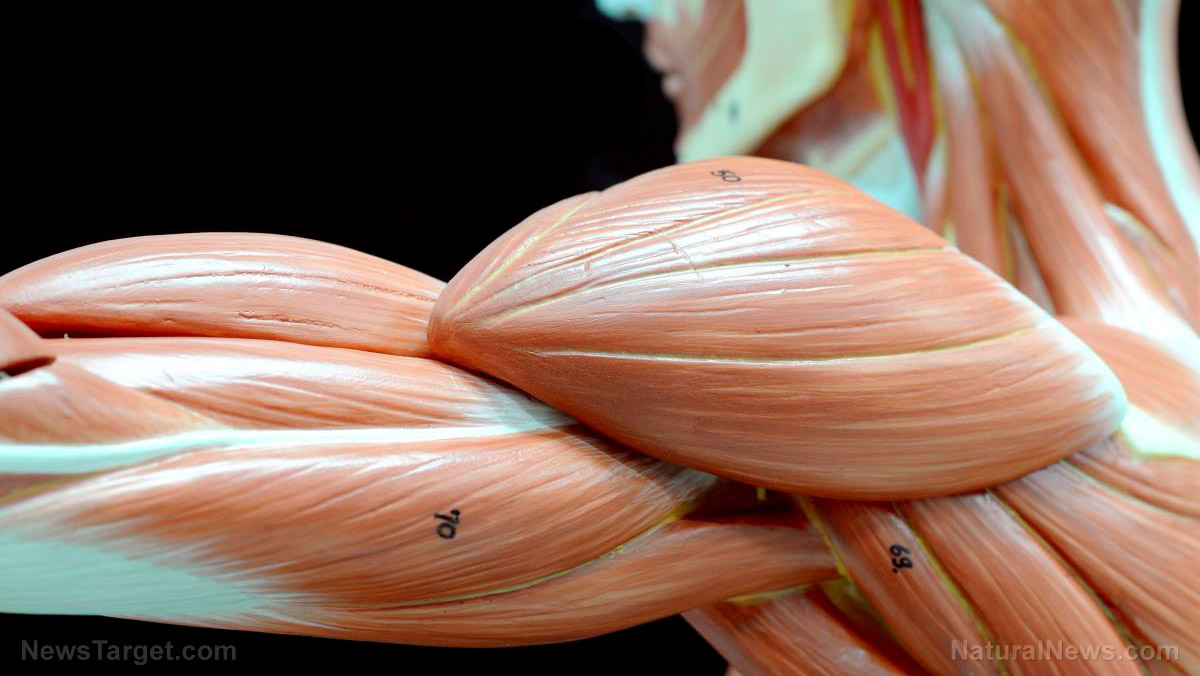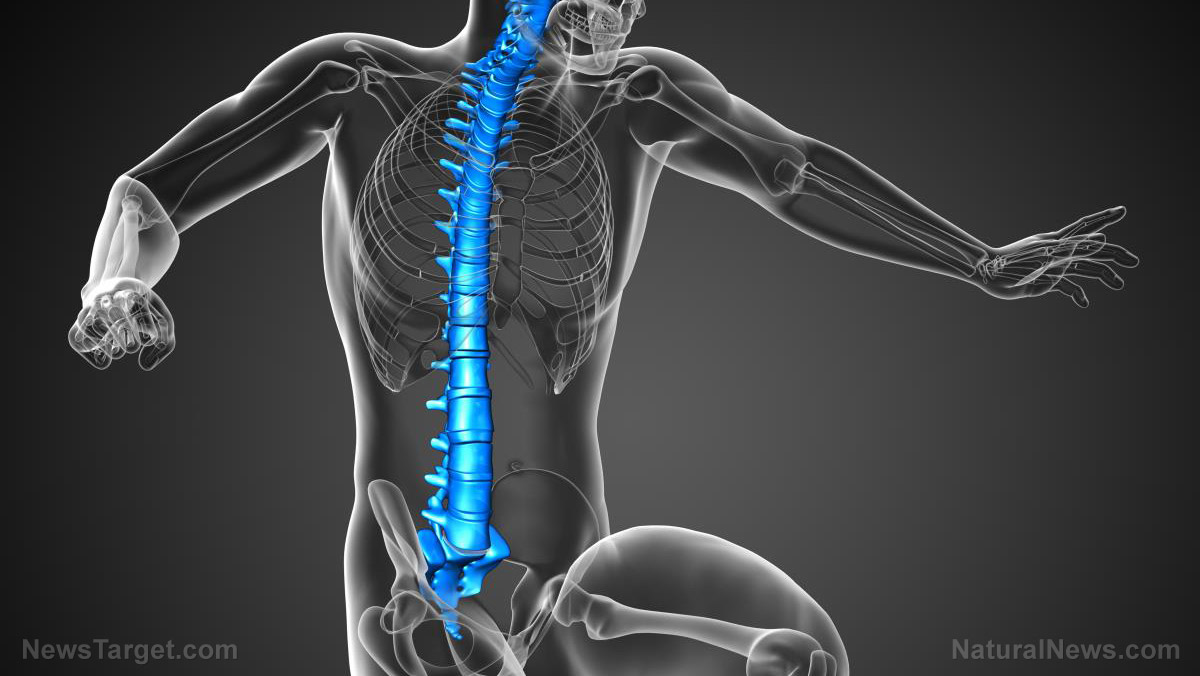Is riding shotgun safer? Study suggests passengers are safer in the front seat
09/29/2019 / By Edsel Cook

Riding shotgun isn’t just the more fun seat for passengers – it may also be the safest seat in any ground vehicle. A recent study showed that restraint systems for the back seat lagged behind those of the front seats.
The Insurance Institute for Highway Safety (IIHS) found that front seat passengers have enjoyed steadily improving standards of safety over the years. Front-facing airbags and well-designed seat belts are standard issue on cars. Some vehicles even feature airbags that deploy from the sides.
However, back seat passengers do not enjoy the same levels of protection. Many of them only have a basic seat belt to help keep them safe during a car crash.
In many cases, that seat belt is of a much older and less advanced type compared to the ones that secure the driver and front passenger. It often lacks characteristics that regulate the force and tension of the restraint on the user’s chest.
As a result of the unbalanced focus on safety, back seat passengers find themselves facing a graver risk of injury and death during a collision. (Related: Meet your new car batteries: Water, carbon dioxide, and cobalt.)
Passengers in the back seat of most cars only have a seat belt for road safety
“Front-seat occupants have benefited greatly from advancements in restraints – the umbrella term for airbags and seat belts, which work together during a crash to keep a person in the proper position and manage forces on the body,” the IIHS researchers reported. “Back-seat occupants haven’t benefited from this technology to the same extent.”
Their study encompassed 117 separate incidents of automobile accidents. In all cases, passengers in the back seat either suffered injuries or lost their lives.
The IIHS researchers noted that many of the passengers did not fasten their seat belts before the accidents. However, buckling up did not automatically guarantee safety.
A total of 37 car accidents resulted in the deaths of the back seat passengers. Many of these cases appeared to have enough room inside the vehicle during the time of the impact.
These instances were considered survivable by car safety experts. Despite the safety margin, they resulted in fatalities.
Further analysis showed that chest injuries were the most prevalent type of injury. Close behind came head injuries of all types.
A closer look at these injuries revealed that passengers in the back seat sometimes suffered worse injuries than the people who sat in the front part of the car. The IIHS researchers concluded that safety measures for the rear seats are not as good as those for the front seats.
Car makers need to improve safety features for the rear passenger seat
Annual statistics provided by the Association for Safe International Road Travel indicated that more than 37,000 people lost their lives to car crashes in the U.S. alone. No specifics were given, but many of them may be passengers in the back seat.
On the bright side, the number of injuries and deaths involving car passengers has gone down. However, that doesn’t mean automobile manufacturers may slack when it comes to ensuring the safety of drivers and passengers – especially the ones riding in the back seat.
IIHS President David Harkey commented that the steady rise of ride-sharing brought more attention to back seat safety. Customers of Uber and Lyft tend to sit in the rear compartment.
Harkey urged car manufacturers to increase the safety of back seat passengers. His recommendations included improved seat belts that restrain the rider’s chest and installing airbags in other parts of the car. One idea involves installing airbags in the ceiling of the passenger compartment.
Visit Survival.news for survival tips on car and road safety.
Sources include:
Tagged Under: automobiles, back seat passenger, car accidents, car safety, car safety features, future cars, Lyft, ride sharing, riding shotgun, safety measures, seat belt, transportation, Uber, vehicular accidents
RECENT NEWS & ARTICLES
COPYRIGHT © 2017 SCIENTIFIC NEWS


















